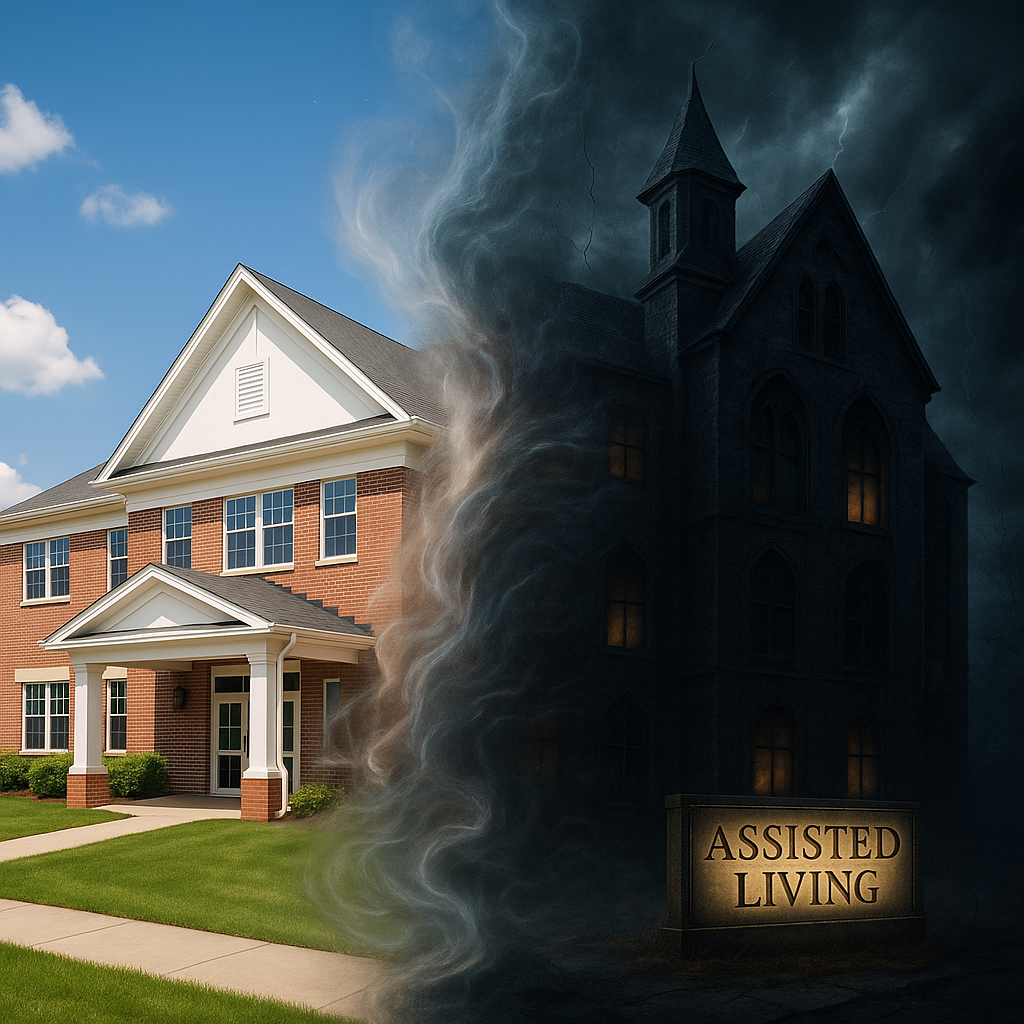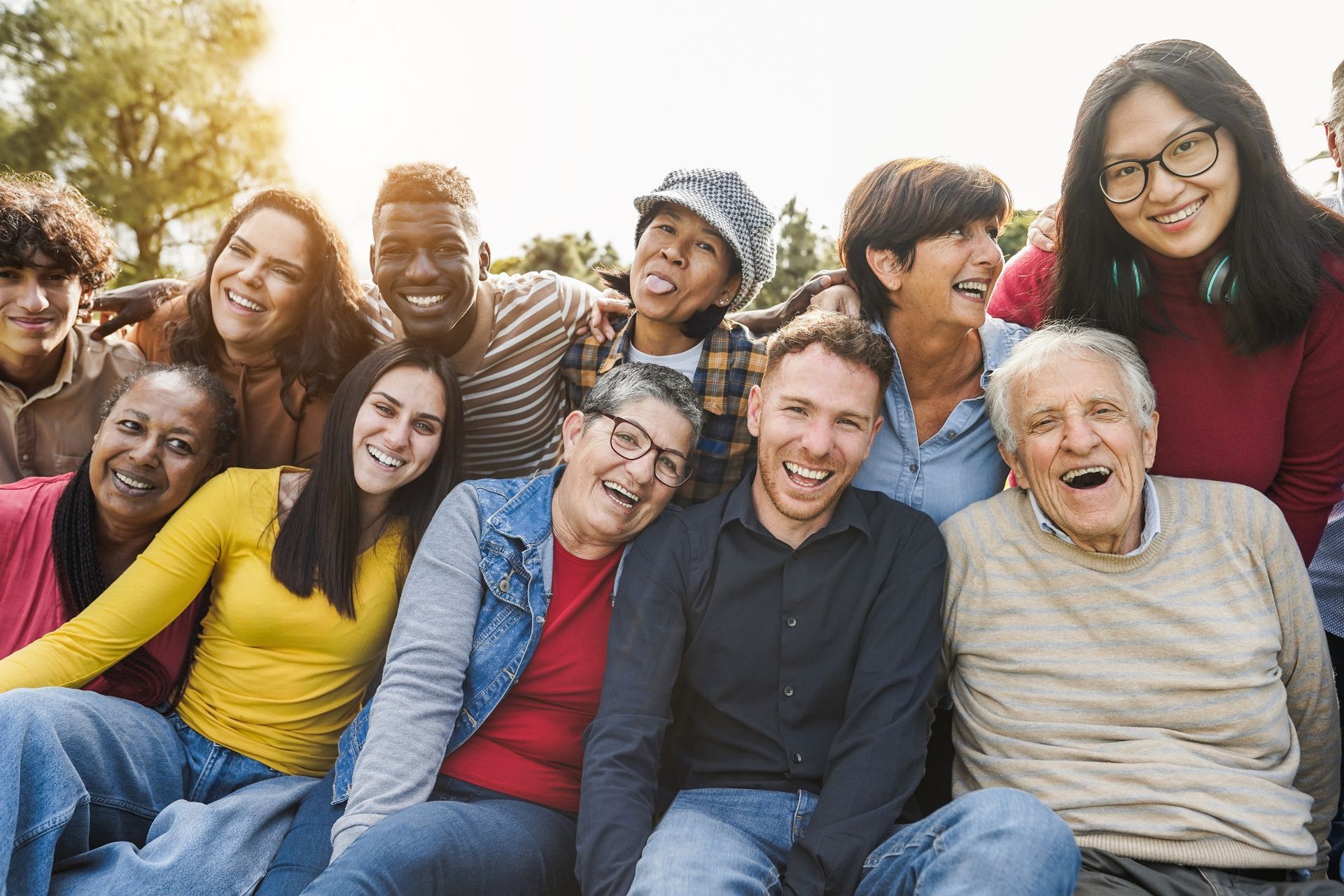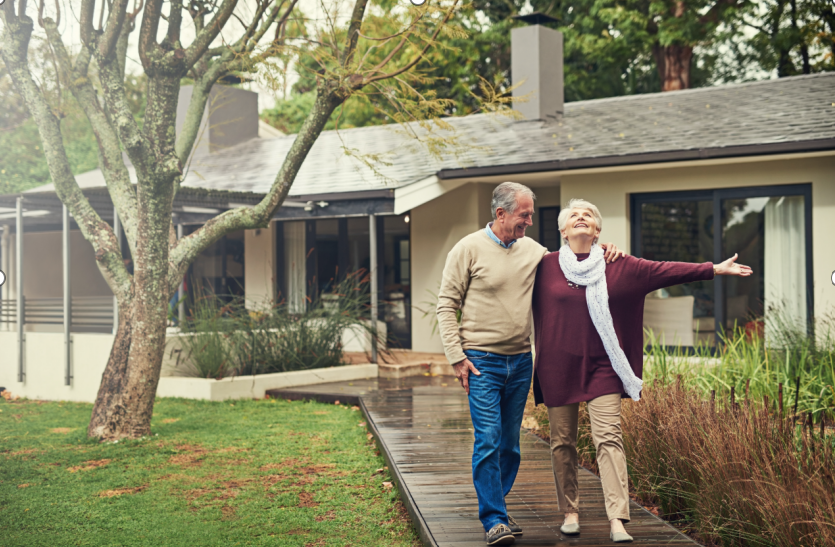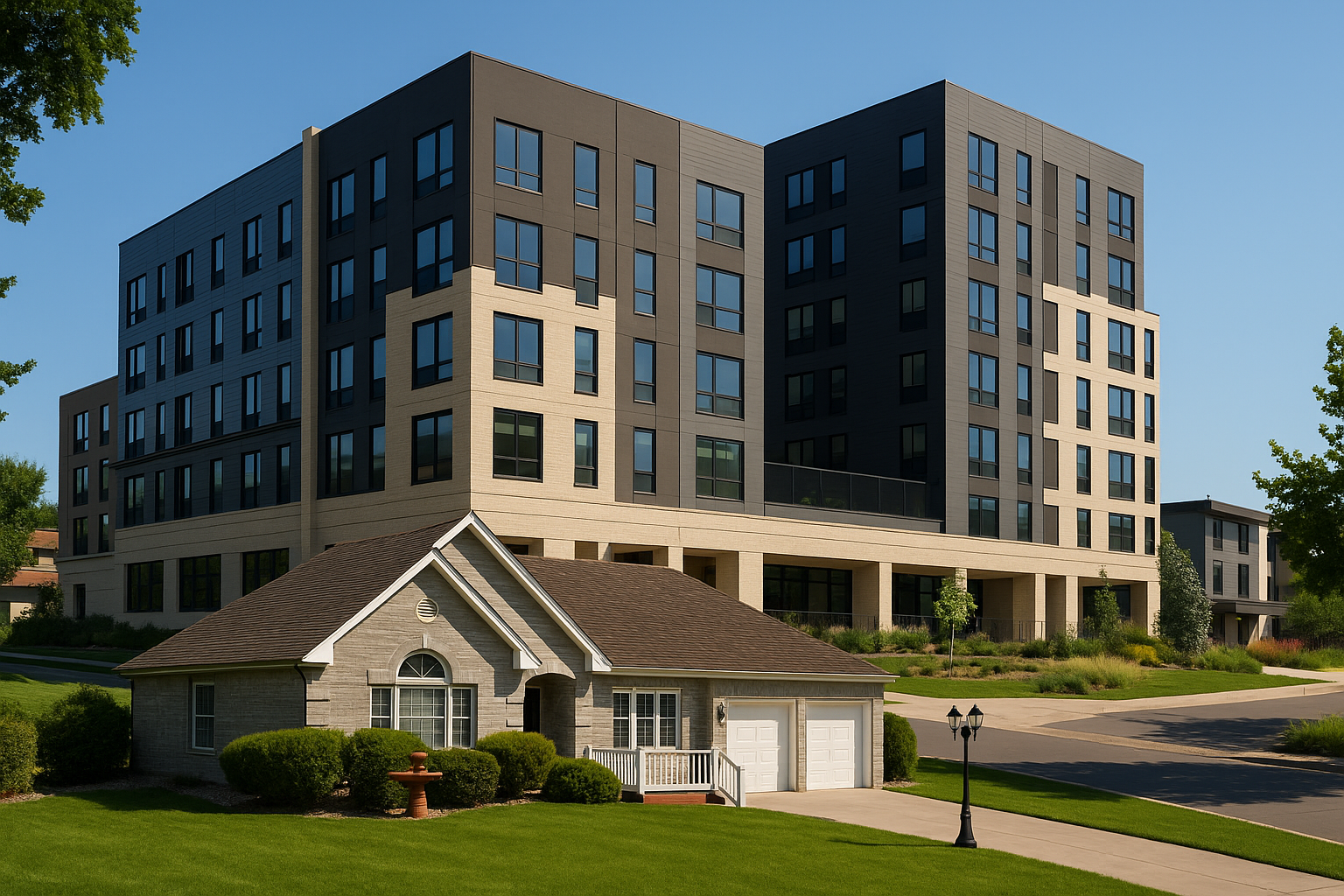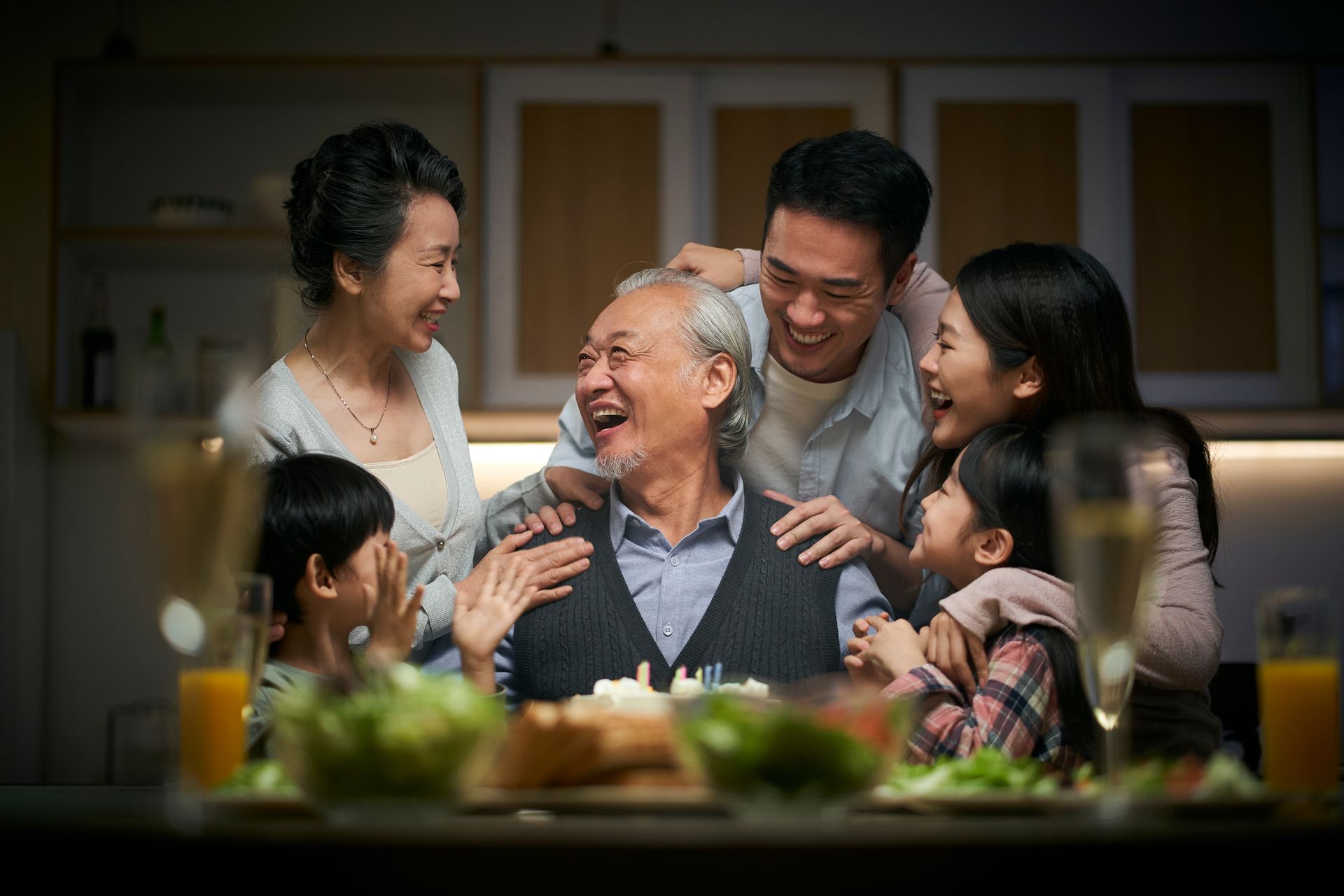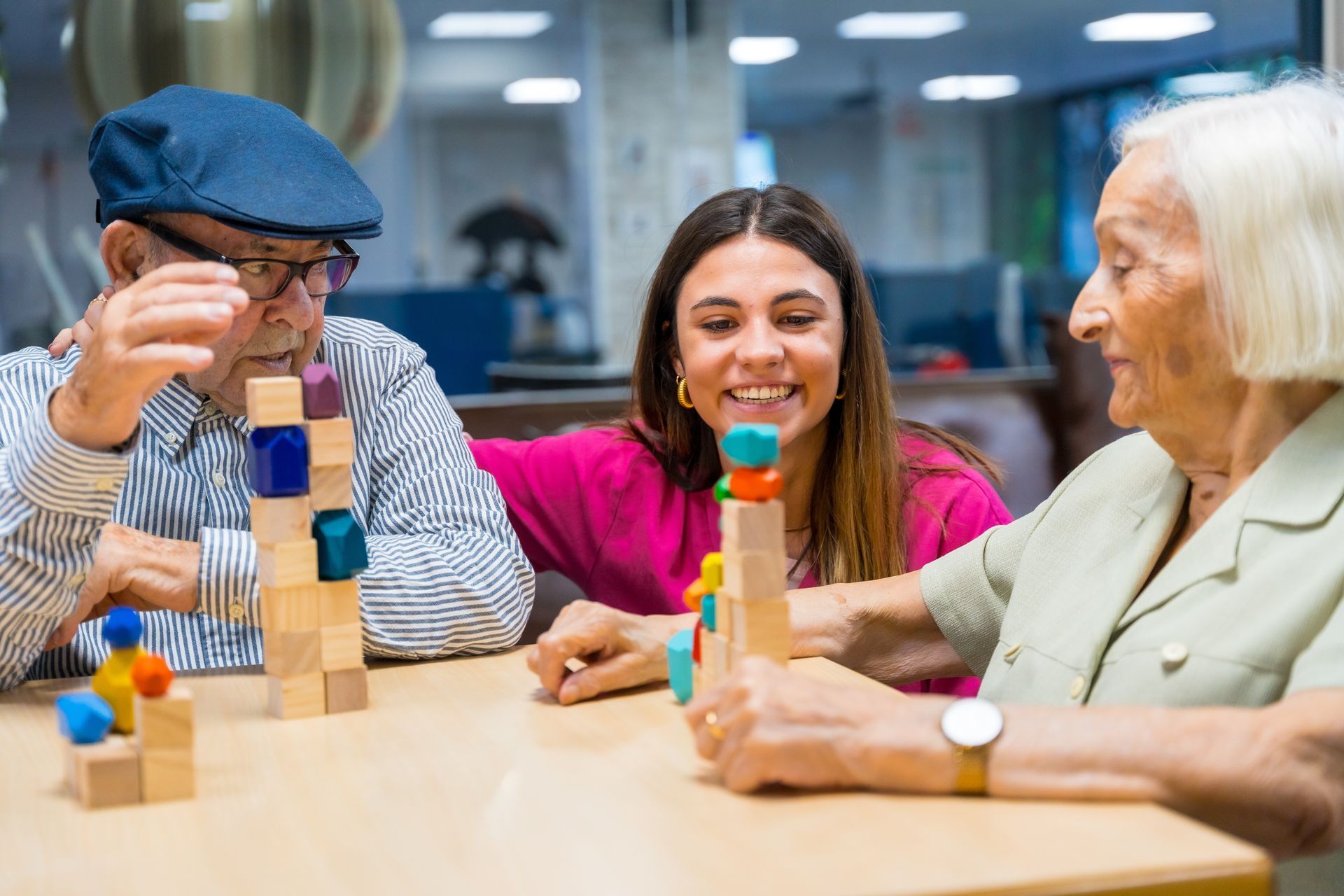BLOG
Breaking Free from Tradition: Progressive Residential Alternatives to Assisted Living in Denver
As the demand for non-traditional memory care options (aka Big Box) continues to surge in Denver, it is evident that the landscape of senior care is rapidly evolving to meet the unique needs of individuals with cognitive challenges. This article looks into the limitations of traditional residential assisted living for seniors with memory needs and explores the emergence of progressive care models in the Denver area. From community-based support to personalized care experiences, we uncover the innovative approaches that are redefining memory care for Denver's seniors.
The Limitations of Traditional Residential Assisted Living
Traditional assisted living, while widely prevalent, often falls short of meeting the distinct needs of individuals with memory challenges. Here are the key limitations of conventional assisted living that are prompting a shift toward modern care models in Denver:

- Lack of Personalized Attention: Conventional facilities may struggle to provide the personalized care and attention required by individuals with dementia or traumatic brain injuries.
- Limited Social Engagement: Many traditional settings may not offer the level of social interaction and community engagement that is vital for the well-being of residents with memory needs.
- Restrictive Environments: The structured nature of traditional residential assisted living can sometimes lead to feelings of restriction and discomfort for individuals with cognitive impairments.
The growing recognition of these limitations has catalyzed a movement towards more innovative and person-centered care approaches tailored to the specific needs of seniors with memory challenges.
Comparing Innovative Care Models for Seniors with Memory Needs
In response to the limitations of traditional residential assisted living, innovative care models have emerged, each presenting unique benefits and challenges for seniors with memory needs in Denver:
Small Home Settings
- Promotes Familiarity: Small home settings aim to create a familiar and comfortable environment, fostering a sense of belonging for residents with memory challenges.
- Enhanced Personalized Care: These settings often allow for a higher staff-to-resident ratio, enabling more personalized and attentive care for individuals with cognitive impairments.
Community-Based Approaches
- Emphasis on Social Engagement: Community-based care models prioritize social interaction, providing residents with opportunities for meaningful engagement within a supportive community.
- Holistic Wellness Focus: These approaches often integrate wellness programs and activities tailored to the specific needs of seniors with memory challenges.
By weighing the advantages and considerations of these progressive care models, families and caregivers can make informed decisions that align with the individual needs of their loved ones.
Exploring Community-Based Support for Dementia Care in Denver
Community-based support for dementia care in Denver embodies a holistic and person-centered approach, offering unique features that promote the well-being of individuals with cognitive challenges:
- Integrated Lifestyle Programs: Denver's supportive communities integrate lifestyle programs specifically designed to engage individuals with dementia, fostering a sense of purpose and accomplishment.
- Family Involvement: These settings emphasize the involvement of families in the care process, recognizing the crucial role of familial support in enhancing the quality of life for seniors with memory needs.
- Emphasis on Autonomy: Community-based care in Denver prioritizes resident autonomy, empowering individuals to participate in decision-making and daily activities to the best of their ability.
The emphasis on tailored, compassionate care within a supportive community environment marks a significant departure from the traditional care models, reflecting a progressive shift towards a more personalized and engaging approach to memory care in Denver.
Crafting Personalized and Purposeful Care Experiences
The significance of crafting personalized and purposeful care experiences for individuals with memory needs cannot be overstated. In Denver's innovative care communities, the focus is on promoting independence and meaningful engagement through a range of tailored programs and activities:

- Therapeutic Recreation: Tailored activities such as art therapy, music programs, and reminiscence therapy contribute to residents' cognitive stimulation and emotional well-being.
- Life Skills Engagement: Programs that simulate daily life activities, such as cooking or gardening, provide residents with a sense of purpose and accomplishment.
- Technology Integration: Innovative technologies like virtual reality platforms are integrated to offer cognitive stimulation and immersive experiences for individuals with memory challenges.
These personalized experiences not only enrich the lives of seniors with memory needs but also underscore the commitment of Denver's care communities to fostering a sense of fulfillment and joy in their residents.
The need for innovative memory care solutions for Denver's seniors has become increasingly evident. The emphasis on personalized experiences and supportive communities has reshaped the landscape of senior care, offering tailored programs and holistic support for individuals with memory needs. By prioritizing independence, social engagement, and person-centered care, Denver's progressive care models have redefined the standard for memory care, promoting dignity and quality of life for seniors with cognitive challenges. For more information on these innovative approaches, visit Assured Senior Living's Memory Care Services.
Learn more about what sets us apart.
Contact us today, or download our
free Family Decision Toolkit guide for more information.

